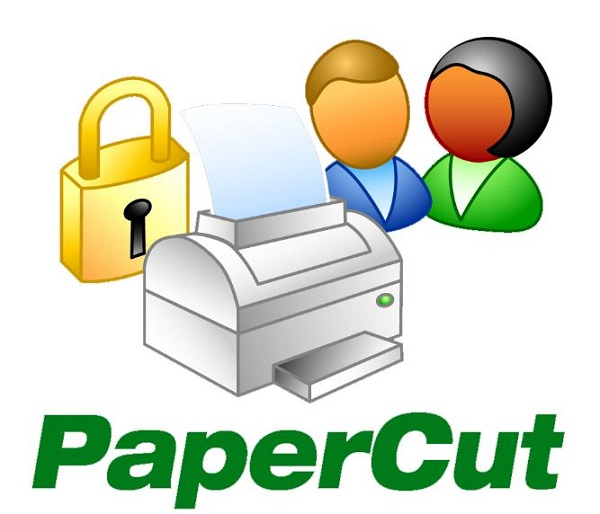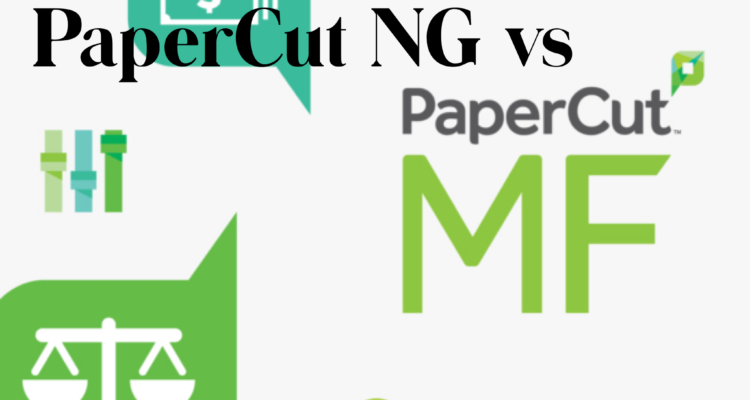

NOTE When you use the standard Azure AD sync, On-demand user creation will be disabled by default. Make sure you understand the implications of using UPNs for syncing usernames. IMPORTANT To ensure a successful migration or deployment, before completing this step please read Preparing to use UPN usernames with PaperCut when synching with the standard Azure AD sync method. Log in to the PaperCut Admin web interface. Configure PaperCut below).Ĭopy the client secret value for later use.
PAPERCUT NG UPDATE
IMPORTANT Prior to the expiry date you choose, to keep your users synchronized with PaperCut NG/MF you will need to create a new secret in the Azure Portal and also update the secret in the PaperCut Admin web interface (part of Step 5.

Under Client Secrets, click New client secret.ĭescription: set to something memorable, for example, “PaperCut Sync Secret”.Įxpires: Choose an appropriate expiry date. In the navigation pane, under Manage, select Certificates & secrets. Under Implicit grant and hybrid flows, select ID Tokens. Leave the front-channel logout URL blank. Redirect URIs: set to : type-our-own-papercut-server-address-here:9192/api/oauth2callback Under Platform configurations, click Add a platform.įill in the platform configuration with the following values: In the navigation pane, under Manage, select Authentication. Under Configured Permissions, click Grant admin consent, and then click Yes to confirm. Use the search bar to locate and add the following permissions: In the right pane, select Microsoft Graph, and click Delegated permissions. In the navigation pane, under Manage, select API Permissions and click Add a permission. Set the supported account type to Accounts in this organizational directory only. Set Name as something you can easily identify, for example, PaperCut Azure Sync. In the navigation pane, under Manage, select App Registrations.įill in the basic information for your application. In the Search bar, search for and select Azure Active Directory. Log in to Azure as an application administrator. Synchronize user and group details with standard Azure AD Generate an application client secret value Configure your application’s authentication Give your application permissions to read users and groups To synchronize with a standard Azure AD tenant, you need to create a new application in your Azure Tenant. To ensure a successful migration or deployment, we highly recommend that you review the implications of using UPNs as usernames, and test print job ownership in your environment. WARNING Standard Azure AD uses UPNs when syncing usernames. For an overview of each type and its limitations, see Overview of synchronizing user and group details with Azure AD. NOTE There are two ways to sync with Azure: Azure AD standard and Azure AD Secure LDAP. PRODUCTS FEATURED Synchronize user and group details with standard Azure AD


 0 kommentar(er)
0 kommentar(er)
